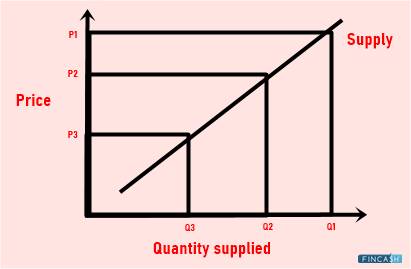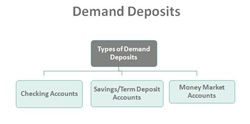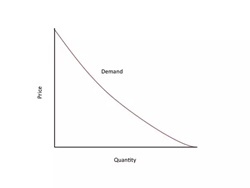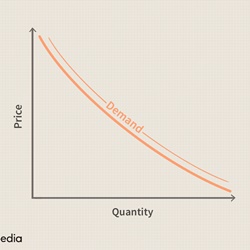Law of Demand
What is the Law of Demand?
The Law of demand is one of the most crucial concepts of Economics. It is used with the Law of Supply to determine the cost of the goods and services in the Market. According to the law of demand, the quantity of the item purchased is inversely related to the price of this item. Simply put, if the price of the commodity is higher, it has a low demand.
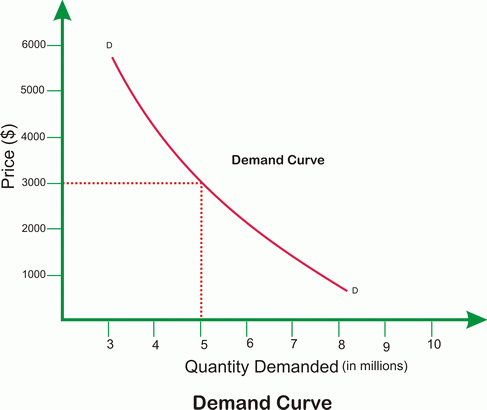
The law of demand is explained with the diminishing marginal utility. It says that consumers purchase the products to cater to their needs first. This concept can be described as one of the fundamental economical laws that state that the price of the commodity has a major impact on the demand for the product. If the price goes up, the demand for the commodity will decrease. Likewise, the lower the price of the commodity, the higher its demand will be.
Example of Law of Demand
Economics helps us understand how individuals and families use limited resources to cater to their unlimited wants. That’s exactly what the law of demand is based on. In general, people use their limited resources to buy the products they urgently need. The general economical behavior of an individual encourages the person to spend their resources on the product they want and need. Economists believe that the first unit of any commodity purchased will be used to satisfy the most crucial need of a customer. Let’s understand the concept with an illustration.
Suppose a person on a desert island gets 4 packs of water bottles. Chances are the individual who will use the first bottle to satisfy his thirst, which is the most urgent need. The second pack of the water bottle can be used for cooking the meal, which is less urgent but important for survival. He can save the third water bottle for cleaning himself. Now, this is not an urgent requirement, but a want. Finally, he can use the last pack of the water bottle for watering the plants so that he can sleep and rest under the plant.
Talk to our investment specialist
Diminishing Marginal Utility
It is clear that the individual stuck in the desert island uses the water bottle according to his priority. He saves the first pack of the water bottle for drinking. That’s because he has to satisfy his thirst to survive. Similarly, the next pack of the bottle is used for the less urgent yet important purpose. The individual prioritizes the urgent needs before moving on to the less-immediate requirements and wants.
Likewise, the first unit of the goods purchased by the customer is put to the most important use. In other words, the customer demands products based on their needs and wants. The Demand Curve experiences several shifts based on many factors. Rising Income and substitute products are two of the common factors that have a major impact on the demand curve. As customers earn more, they are highly likely to spend on expensive products.
All efforts have been made to ensure the information provided here is accurate. However, no guarantees are made regarding correctness of data. Please verify with scheme information document before making any investment.

